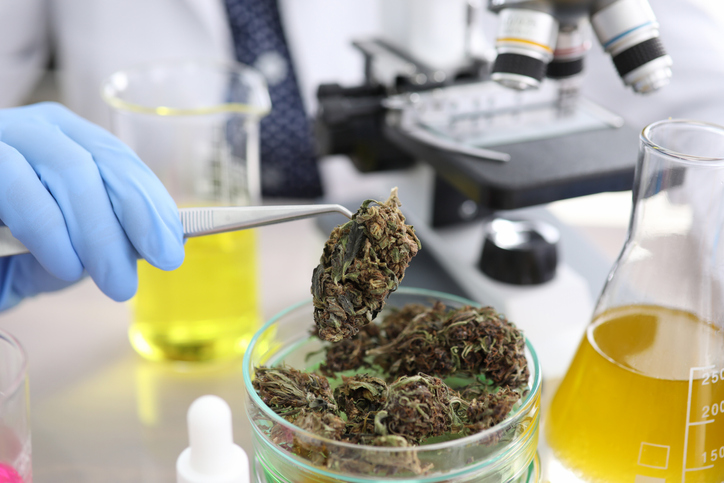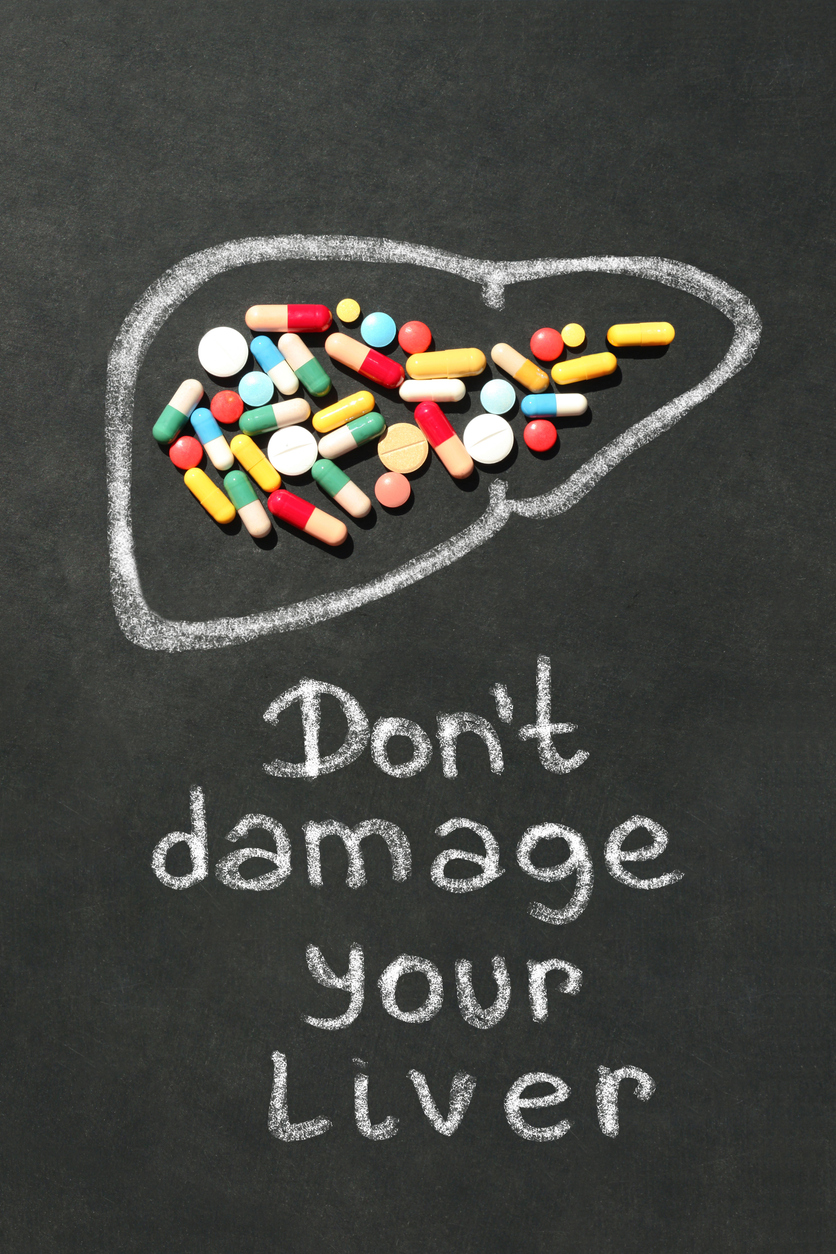Treatments
Medication Options to Treat Acute and Chronic Pain

Acute vs. chronic pain
Pain is categorized as either acute or chronic. Acute pain is short-term pain that develops suddenly. It is caused by tissue damage, inflammation, or other disease processes. It tends to be sharp or intense before slowly calming. Acute pain can last for a few seconds to several weeks. The purpose of acute pain is to protect the body from serious injury or further injury.
Pain that lasts at least three months is considered chronic. Typically, chronic pain develops gradually, and the cause may or may not be evident. Pain signals can remain active in the body for months or years.
Medication options
Medications to help reduce or relieve acute and chronic pain include the following:
- Nonsteroidal anti-inflammatory drugs (NSAIDs)
Nonsteroidal anti-inflammatory drugs (NSAIDs) are available in over-the-counter or prescription strength. NSAIDs have analgesic (pain relieving), anti-inflammatory, and antipyretic (fever reducing) properties.
NSAIDS block the release of certain enzymes (COX-1 and COX-2) in the body that are released in response to tissue damage. Blocking the release of these enzymes helps reduce swelling and pain.
The most common over-the-counter NSAIDs include ibuprofen, naproxen, ketoprofen, and aspirin. Examples of prescription strength NSAIDs include nabumetone, etodolac, naproxen, and diclofenac. NSAIDs are proven to have fewer side effects compared to corticosteroids, which are also anti-inflammatory drugs. They should not be taken longer than recommended as serious side effects can occur. - Acetaminophen
Acetaminophen, also known as paracetamol, is a pain reliever (analgesic) and fever reducer (antipyretic). It is available over-the-counter and by prescription. Acetaminophen is also combined with other active ingredients in certain medications that help reduce symptoms of the flu, common cold, cough, allergies, or insomnia. - COX-2 inhibitors
COX-2 inhibitors are a type of NSAID that carry less risk of stomach damage than traditional NSAIDs. They work to reduce pain and inflammation by blocking only COX-2 enzymes. COX-1 enzymes continue to function, protecting the lining of the stomach. An example of a COX-2 inhibitor is celecoxib. It should be noted that older adults are at an increased risk of side effects from any type of NSAID (e.g., kidney problems, high blood pressure, fluid retention, etc.). - Topical pain relievers
Topical pain relievers are applied to the skin to help reduce pain in muscles or joints. They come in several forms, including creams, gels, ointments, sprays, and patches. Lidocaine is the most common local anesthetic. - Opioids
Opioids are prescribed to treat moderate to severe pain that does not respond well to other treatment options. They have been a standard of care in pain management for decades and are made of synthetic ingredients or derived from the opium poppy plant. Opioids weaken or block pain signals by attaching to opioid receptors in the central and peripheral nervous systems. As pain messages are modified, the sensation of pain is reduced. Examples of opioids include hydrocodone and oxycodone. - Muscle relaxants
Muscle relaxants are prescription medications used to treat muscle pain, discomfort, and spasms. They work via the brain and spinal cord to relax muscles, reduce pain, and improve movement. Muscle relaxers are typically prescribed for acute pain rather than chronic pain. Since they cause drowsiness, they may also improve sleep. Examples of muscle relaxants prescribed for pain relief include carisoprodol and tizanidine. - Corticosteroids
Corticosteroids are strong anti-inflammatory medications. They are man-made but are similar to cortisol (a hormone naturally produced in the adrenal glands). Examples of corticosteroids include cortisone, hydrocortisone, prednisone, and methylprednisolone. - Antidepressants
Antidepressants are typically prescribed to treat depression. However, they have also become a mainstay treatment for certain chronic pain conditions. Some antidepressants contain analgesic properties. Antidepressants for pain management are usually prescribed at a lower dosage than those to treat depression alone and are gradually increased as necessary. Examples of antidepressants used to treat chronic pain include amitriptyline, nortriptyline, duloxetine, and venlafaxine. - Anticonvulsants
Anticonvulsants are prescription medicines that calm brain hyperactivity and treat seizure disorders. They are also prescribed to treat chronic nerve pain. Anticonvulsants relieve pain by interfering with damaged or overly sensitive nerve signals. They have nerve-calming qualities that can help soothe burning, stabbing, or shooting nerve pain. Examples of anticonvulsants prescribed to treat chronic pain include gabapentin, pregabalin, and carbamazepine.















